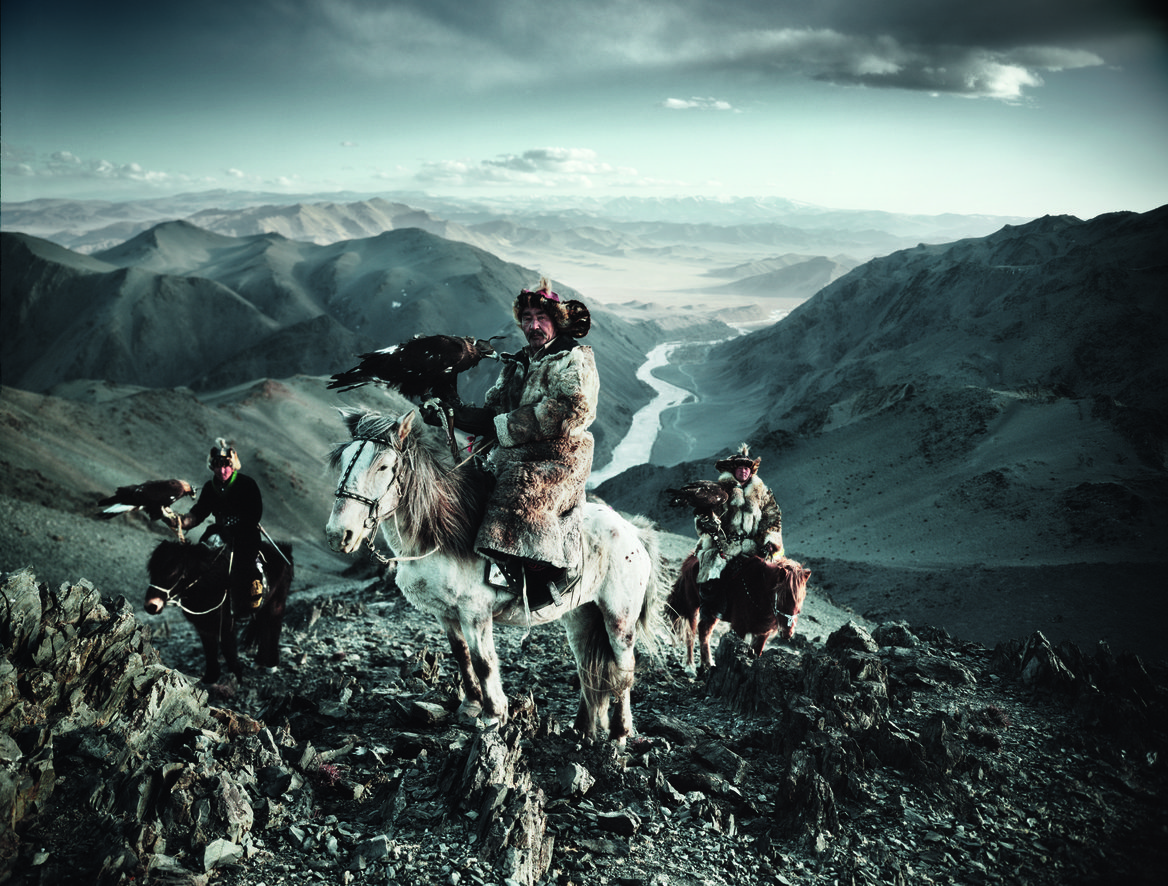In his landmark project Before They Pass Away, Jimmy Nelson captures the lives and traditions of the last surviving tribes who have managed to preserve their traditional ways and customs within our increasingly globalized world. The British photographer’s epic portraits present these dignified inheritors of noble and age-old traditions in a proud spirit and in all their glory—a unique visual experience. This exquisitely photographed showcase for world tribal culture is not only a joy to look at, but also an important historical record. This book reveals the wide variety of human experiences and cultural expressions across the ages— and we’re delighted to have it among our fall offerings.
This historic volume showcases tribal cultures around the world. With globalization, these societies are to be prized for their distinctive lifestyles, art and traditions. They live in close harmony with nature, now a rarity in our modern era. Jimmy Nelson not only presents us with stunning images of customs and artifacts, but also offers insightful portraits of people who are the guardians of a culture that they—and we—hope will be passed on to future generations in all its glory. Nelson’s large-plate field camera captures every intricate detail and fine nuance for posterity. What’s more, this splendid pageantry is set against a vivid backdrop of some of the world’s most pristine landscapes.
BUDDHIST MONKS
August 2011Tibetan costume and ornaments communicate not only the habits, but also the history, beliefs, climate and character of the local people, and they have undergone few changes throughout history. The most striking feature of Tibetan costume and ornaments is the large variety, not only in material (including brocade, fur, leather, silk, wool, cotton, and many more) but also – depending on the wearer’s location and occupation – in design.
YAKIM, BRIGADE
March 2011The Nenets still rely on traditional clothing sewn by the women. Nenets men wear a Malitsa, which is a coat with hood made of around 4 reindeer skins, fur on the inside and leather on the outside.
In extremely cold conditions, men wear yet another layer of reindeer fur, known as a Gus.

MYSTERIOUS HARTMANN VALLEY
December 2011In rainy years, the Hartmann’s valleys become grassy expanses, but generally their flat topographies are covered by sand broken only by
a few tough grasses, shrubs and the mysterious ‘fairy circles’.

TAUPO VILLAGE
January 2011Kai is the Maori word for food. The Maori diet was based on birds and fish, supplemente by wild herbs and roots.
In their tribal gardens, Maori also grew root crops including yams, gourds and kumara (sweet potatoes).The Maori usually cooked in underground ovens called hangi. To this day, this traditional cooking method is still
used on special occasions, creating feasts made from traditional ingredients.

TA MOKO
January 2011Defining aspects of Maori traditional culture include art, legends, tattoos (ta moko), performances (notably kapa haka), customs, hospitality and community.Tattooing has always been an important part of Maori culture. Receiving tattoos was an important step to maturity and there were many rites and rituals associated with the event. Every member of a Maori tribe had a specific role and a specific place within the social order.

DHAGI IN DHA VILLAGE, KASHMIR
February 2012The Drokpas are completely different – physically, culturally, linguistically and socially – from the Tibeto-Burman inhabitants of most of Ladakh. Drokpa men and women are tall and fair, with big, lightly coloured eyes, full lips and distinctive noses and eyebrows. As a result, they consider themselves superior and do not marry into other communities. This insularity is how the tribe preserves its ethnicity.

KAZAKH EAGLE HUNTING
March 2011
Among many Kazakh traditions is the ancient art of eagle hunting. For more than two centuries, Kazakh men have hunted on horseback
with trained golden eagles. Across mountains and steppes, a largevariety of animals – including rabbits, marmots, foxes and even wolves –are hunted for their fur, an integral part of traditional Kazakh clothing.
The skill of training a golden eagle is passed on through generations.Eagle hunters wear boots, black coats and fox-fur hats called loovuuz


© Before They Pass Away by Jimmy Nelson, is published by teNeues, www.teneues.com. Photo © Jimmy Nelson Pictures BV, www.beforethey.com
Source: My Science Academy







